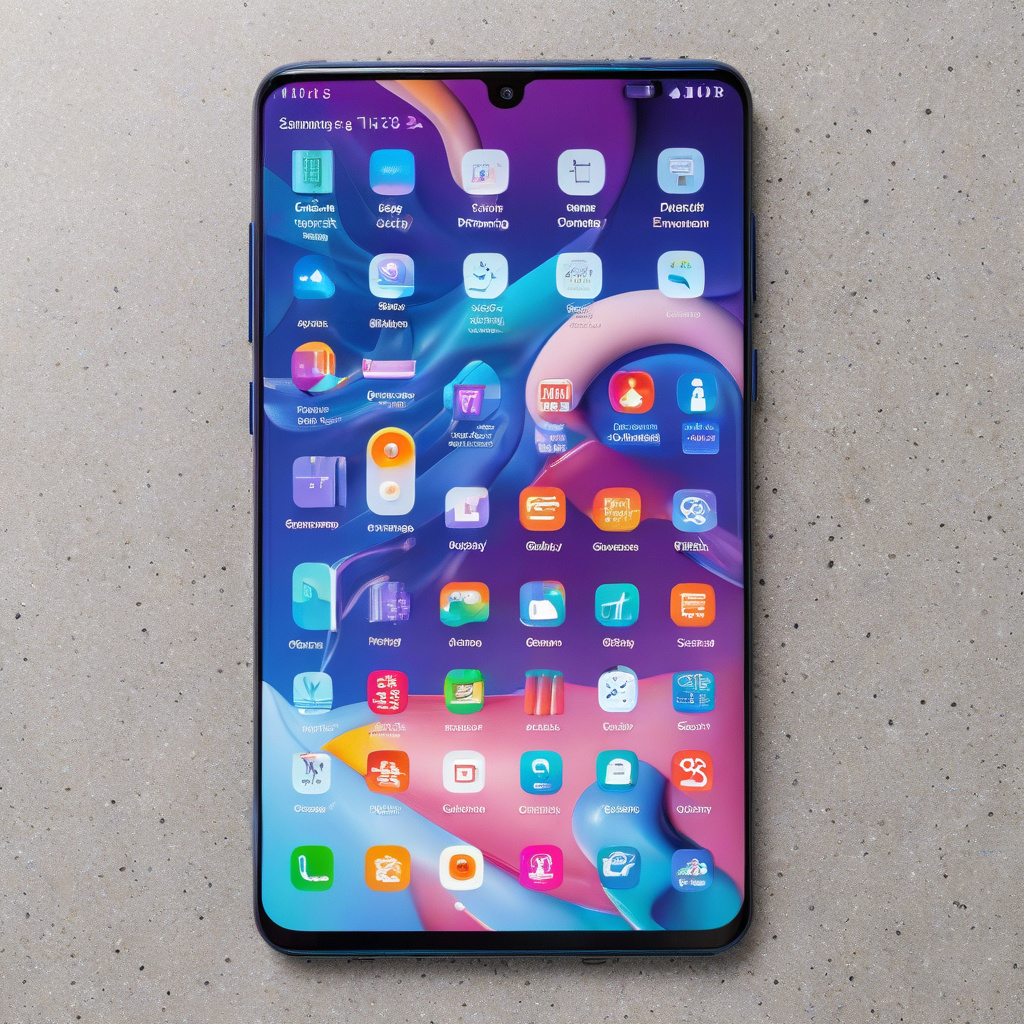In the world of smartphones, the battle between Qualcomm and Samsung’s Exynos chips has been a hot topic among tech enthusiasts for years. Samsung’s continuous preference for its Exynos chips over Qualcomm’s Snapdragon alternatives has raised eyebrows and sparked debates. But why does Samsung keep ditching Qualcomm chips for Exynos, despite the performance differences?
Recent revelations shed light on Samsung’s decision-making process. A prominent leaker disclosed that Samsung incurred a significant financial setback of around $400 million by opting for Qualcomm’s Snapdragon 8 Elite chip due to production issues with its Exynos 2500 chip. This financial hit underscores the cost disparity between using Qualcomm’s off-the-shelf solutions and developing its own Exynos chips.
Despite this setback, Samsung seems determined to return to its Exynos lineup. The upcoming Exynos 2600 chip is poised to make a comeback in Samsung’s 2026 flagship models. However, due to production constraints, Samsung plans to once again split its chip offerings based on regions. This means that while Europeans may enjoy the Exynos 2600 in their Samsung Galaxy S26 devices, customers in the US and China are likely to receive models powered by Qualcomm’s Snapdragon 8 Elite 2.
The performance gap between Qualcomm’s Snapdragon and Samsung’s Exynos chips has been a recurring issue. Industry insiders note that Qualcomm’s chips consistently demonstrate superior performance compared to Exynos counterparts. This performance disparity is a key factor driving Samsung’s choice to alternate between chip providers, aiming to deliver optimal performance to different regions.
While the financial benefits of in-house component development are clear, Samsung’s regional chip allocation strategy has drawn criticism. Unequal distribution of chip variants means that customers in certain regions may receive devices with better or inferior performance capabilities. This disparate treatment has led some to advocate for a more unified approach, similar to Apple and Google, where all customers receive the same level of performance regardless of region.
As Samsung navigates the complexities of chip development and distribution, the smartphone industry continues to evolve. The competition between Qualcomm and Samsung’s Exynos chips highlights the intricate balance between performance, cost, and consumer satisfaction. Ultimately, Samsung’s decision to prioritize Exynos chips over Qualcomm alternatives reflects a strategic choice driven by a combination of technical constraints and financial considerations.
In the ever-changing landscape of smartphone technology, the dynamics between chip manufacturers play a crucial role in shaping the user experience. As Samsung strives to optimize performance, efficiency, and cost-effectiveness in its flagship devices, the ongoing saga of Qualcomm versus Exynos chips underscores the complexities inherent in the world of smartphone development.

